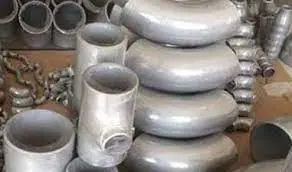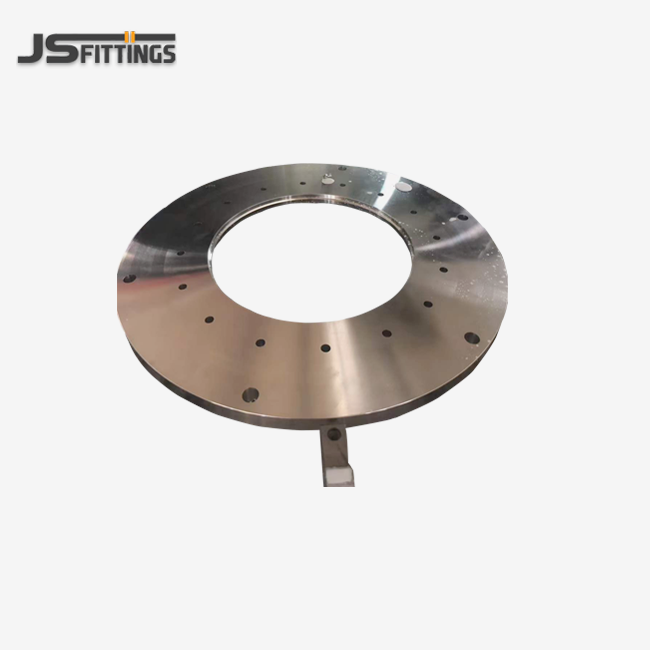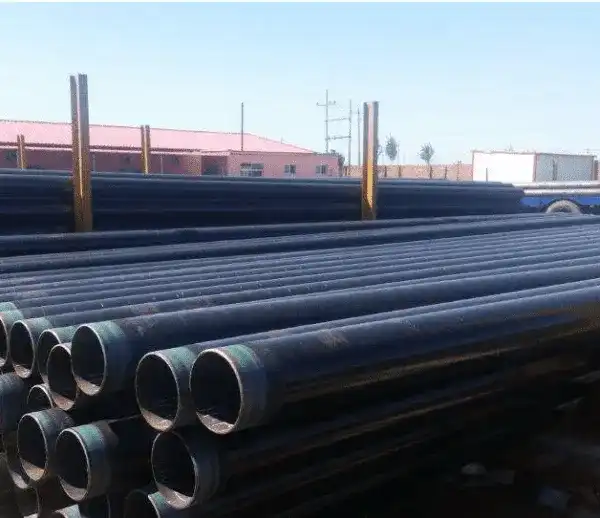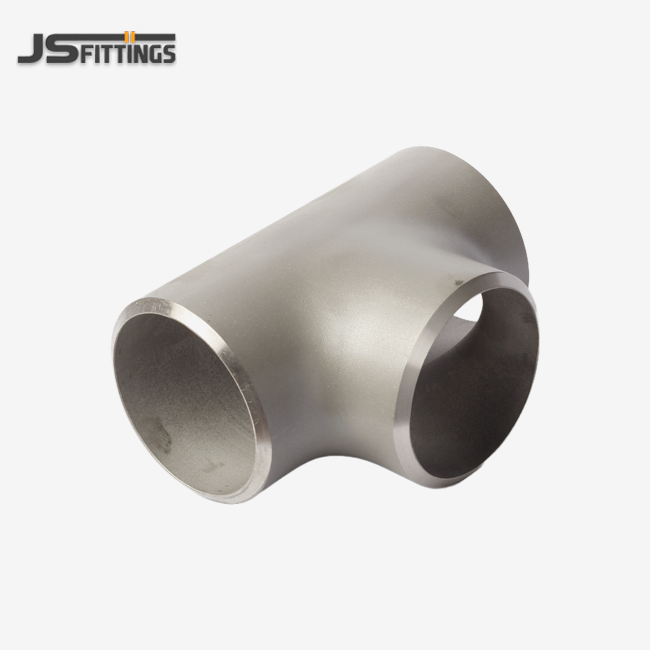- English
- French
- German
- Portuguese
- Spanish
- Russian
- Japanese
- Korean
- Arabic
- Greek
- German
- Turkish
- Italian
- Danish
- Romanian
- Indonesian
- Czech
- Afrikaans
- Swedish
- Polish
- Basque
- Catalan
- Esperanto
- Hindi
- Lao
- Albanian
- Amharic
- Armenian
- Azerbaijani
- Belarusian
- Bengali
- Bosnian
- Bulgarian
- Cebuano
- Chichewa
- Corsican
- Croatian
- Dutch
- Estonian
- Filipino
- Finnish
- Frisian
- Galician
- Georgian
- Gujarati
- Haitian
- Hausa
- Hawaiian
- Hebrew
- Hmong
- Hungarian
- Icelandic
- Igbo
- Javanese
- Kannada
- Kazakh
- Khmer
- Kurdish
- Kyrgyz
- Latin
- Latvian
- Lithuanian
- Luxembou..
- Macedonian
- Malagasy
- Malay
- Malayalam
- Maltese
- Maori
- Marathi
- Mongolian
- Burmese
- Nepali
- Norwegian
- Pashto
- Persian
- Punjabi
- Serbian
- Sesotho
- Sinhala
- Slovak
- Slovenian
- Somali
- Samoan
- Scots Gaelic
- Shona
- Sindhi
- Sundanese
- Swahili
- Tajik
- Tamil
- Telugu
- Thai
- Ukrainian
- Urdu
- Uzbek
- Vietnamese
- Welsh
- Xhosa
- Yiddish
- Yoruba
- Zulu
What Grades Are Available for Stainless Steel Buttweld Elbows?
Choosing the right grade for your Stainless Steel Buttweld Elbow is very important for making sure it works well in industrial settings. These important pipe parts come in many grades, each designed to work well in certain environmental conditions and with certain operating needs. From standard 304/304L grades offering excellent general corrosion resistance to specialized duplex and super duplex variants designed for extreme conditions, the selection process directly impacts system longevity and efficiency. When engineers know about the safety rules, the features of the materials, and the needs of the job, they can pick pipe systems that work well, don't cost too much, and are reliable.

Standard Stainless Steel Grades for Industrial Applications
Grade 304/304L: General Purpose Excellence
The 304 and 304L grades represent the most widely utilized options for buttweld elbows made of stainless steel across diverse industrial sectors. These austenitic stainless steels contain approximately 18-20% chromium and 8-10.5% nickel, providing excellent corrosion resistance in most environments. The 304L type has less carbon, which makes it great for welding without having to heat treat it afterwards. These grades show that they work quite well in food processing, making pharmaceuticals, and typical chemical processing conditions where moderate corrosion resistance is enough. Manufacturing facilities typically maintain large inventories of 304/304L elbows due to their versatility and cost-effectiveness. Because their microstructures are steady, these grades have uniform mechanical properties across a wide temperature range. Because of this, they work exceptionally with devices that change the heat.
Grade 316/316L: Enhanced Chloride Resistance
The 316/316L series offers superior performance for Stainless Steel Buttweld Elbow applications in chloride-rich environments. These grades have 2–3% molybdenum added, which makes them far more resistant to pitting and crevice corrosion in marine environments, coastal facilities, and chemical processing that uses chlorides. The 316L low-carbon variant eliminates carbide precipitation during welding, maintaining corrosion resistance in heat-affected zones. Because of strict hygiene rules, these materials are perfect for medicinal equipment, desalination plants, and oil platforms in the ocean that need to be more resistant to rust. Even at cryogenic temperatures, the austenitic structure is quite flexible and can withstand impact. Industrial applications requiring exposure to acids, salt solutions, or aggressive cleaning chemicals benefit from the enhanced metallurgical properties of 316/316L grades.
Grade 321: High-Temperature Stabilized Performance
Grade 321 represents a titanium-stabilized austenitic stainless steel specifically designed for Stainless Steel Buttweld Elbow applications in high-temperature environments. The inclusion of titanium stops the development of chromium carbide when the material is exposed to temperatures between 800 and 1500 °F. This maintains the corrosion resistance that would be lost in unstabilized grades. This material works very well in exhaust systems, heat exchangers, and furnace parts where thermal cycling and high temperatures are normal operating conditions. The component's corrosion resistance is guaranteed by the stable microstructure, which precludes sensitization. Power generation facilities, petrochemical plants, and aerospace applications frequently specify Grade 321 elbows for critical high-temperature piping systems. When it comes to heat, this type is important because it doesn't rust and stays strong at high temperatures.
Specialized High-Performance Grades
Duplex Stainless Steel: Balanced Strength and Corrosion Resistance
Duplex stainless steels offer exceptional properties for Stainless Steel Buttweld Elbow applications requiring both high strength and superior corrosion resistance. These materials feature a balanced ferrite-austenite microstructure, typically containing 22% chromium, 5-6% nickel, and 3% molybdenum, resulting in yield strengths approximately twice that of conventional austenitic grades. The unusual microstructure makes it very resistant to stress corrosion cracking, especially in chloride conditions where normal austenitic grades could fail. Oil and gas industry applications, including subsea pipelines and processing equipment, frequently specify duplex elbows for their combination of mechanical properties and corrosion performance. Because duplex materials have less nickel than austenitic grades, their prices tend to be more stable. Accordingly, this makes them a good choice for big projects. Manufacturing considerations include controlled cooling rates during welding to maintain optimal microstructure balance.
Super Duplex: Ultimate Corrosion Protection
Super duplex stainless steels represent the premium choice for Stainless Steel Buttweld Elbow applications in the most aggressive service environments. These advanced alloys typically contain 25% chromium, 7% nickel, and 4% molybdenum, with additional nitrogen for enhanced strength and corrosion resistance. The material that comes out of this process is very resistant to pitting, crevice corrosion, and stress corrosion cracking in harsh chloride conditions, such hot saltwater and strong chemical processes. Offshore oil production, chemical tanker piping, and desalination plant heat exchangers commonly specify super duplex elbows for their uncompromising performance requirements. Because the method has a higher strength-to-weight ratio, it may be more cost-effective and lighter because it can build smaller wall parts while still keeping the structure's integrity. Specialized welding procedures and qualified welders are typically required to maintain the critical microstructure balance during fabrication.
Precipitation Hardening Grades: Specialized Applications
Precipitation hardening stainless steels provide unique properties for Stainless Steel Buttweld Elbow applications requiring exceptional strength combined with good corrosion resistance. Grades such as 17-4 PH and 15-5 PH can be heat-treated to achieve tensile strengths exceeding 200 ksi while maintaining reasonable corrosion resistance. In aircraft, the military, and high-performance racing, where weight reduction and strength enhancement are important, these materials are used. The martensitic or semi-austenitic microstructures can be tailored through heat treatment to achieve specific combinations of strength, ductility, and corrosion resistance. When making anything, it's important to carefully regulate the heat treatment settings to have the right mechanical qualities. While not as corrosion-resistant as austenitic or duplex grades, precipitation hardening stainless steels offer unique advantages in specific applications requiring maximum strength-to-weight ratios.
Material Selection and Compliance Standards
Standards Compliance and Certification Requirements
Modern Stainless Steel Buttweld Elbow manufacturing requires strict adherence to international standards including ASME B16.9, EN 10253, and GOST specifications. So that they are safe and can be used all over the world, these rules say how things should be tested and how signs should be made. ASTM A403 specifications govern wrought stainless steel pipe fittings, establishing chemical composition limits, mechanical property requirements, and quality assurance protocols. Manufacturers must maintain comprehensive documentation including material test reports, certificates of conformity, and traceability records from raw material through final inspection. Licensed groups from outside the company use checks, reports, and ongoing tracking systems to make sure the rules are being followed. In the oil and gas, nuclear, and aerospace sectors, important applications typically need more than just conventional certifications. For example, they may need customer-specific testing and approval processes.
Quality Control and Testing Protocols
Comprehensive quality control measures ensure Stainless Steel Buttweld Elbow reliability through rigorous testing and inspection protocols. Raw material verification includes chemical analysis, mechanical testing, and microstructure examination to confirm grade compliance and absence of detrimental phases. During the production process, in-process inspections check the quality of the welds, the surface polish, and the size of the parts. Non-destructive testing methods including liquid penetrant inspection, magnetic particle testing, and ultrasonic examination detect surface and subsurface discontinuities that could compromise service performance. Before packing and shipping, final inspection checks that the dimensions, surface quality, and marking requirements are all met. Advanced manufacturing plants use statistical process control methods to keep an eye on the consistency of production and find changes in the process before they influence the quality of the output. Standardized inspection processes and calibrated measuring tools make sure that all quality control operations get the same results every time.
Application-Specific Material Selection Criteria
Selecting the optimal grade for Stainless Steel Buttweld Elbow applications requires comprehensive evaluation of service conditions, performance requirements, and economic considerations. Temperature ranges, pressure levels, fluid compatibility, and environmental exposure determine minimum material property requirements for safe operation. Corrosion resistance evaluation considers specific aggressive species present in the process fluid, including chlorides, acids, and oxidizing agents. Mechanical property requirements encompass resistance to fatigue, ductility, and strength when the machine is subjected to stress from factors such as thermal stress and pressure cycling. Economic analysis evaluates the reliability of the system, the frequency of part replacement, and the initial costs of materials in comparison to the expenses of long-term maintenance. Magnetic permeability restrictions, cryogenic toughness, or high-temperature creep resistance may need to be taken into account for certain applications. Speaking with metallurgical specialists and reviewing industry experience databases may assist in selecting the most suitable materials for specific applications.
Conclusion
When choosing the right grades for Stainless Steel Buttweld Elbow applications, you need to think carefully about the service circumstances, performance needs, and cost. Each grade has its own benefits for certain industrial demands, from the flexible 304/304L grades for ordinary use to the super duplex materials for harsh situations. To ensure that systems function effectively and are beneficial, it is essential to be aware of the attributes of products, quality control requirements, and compliance criteria.Hebei Jinsheng Pipe Fitting Manufacturing Co., Ltd leverages over 40 years of expertise to deliver high-quality fittings meeting the most demanding industrial applications across global markets.
FAQ
1. What are the most common grades used for stainless steel buttweld elbows?
The most frequently specified grades are 304/304L for general purpose applications offering excellent corrosion resistance and cost-effectiveness, and 316/316L for enhanced chloride resistance in marine and chemical processing environments. These grades represent approximately 80% of all Stainless Steel Buttweld Elbow applications due to their versatility and proven performance across diverse industrial sectors.
2. How do I select the right grade for high-temperature applications?
For high-temperature applications, Grade 321 with titanium stabilization prevents carbide precipitation and maintains corrosion resistance at elevated temperatures. Consider operating temperature range, thermal cycling frequency, and exposure to oxidizing atmospheres when selecting Stainless Steel Buttweld Elbow materials for thermal service applications requiring long-term reliability.
3. What advantages do duplex grades offer over standard austenitic grades?
Duplex stainless steels provide approximately twice the yield strength of austenitic grades while offering superior resistance to stress corrosion cracking in chloride environments. It is easier to make parts with smaller walls and better performance in harsh settings using these materials for Stainless Steel Buttweld Elbows, and they still allow for great weldability.
4. Are there specific certification requirements for critical applications?
Critical applications require compliance with ASME B16.9, ASTM A403, and industry-specific standards. Stainless Steel Buttweld Elbow components must include material test reports, certificates of conformity, and traceability documentation. For oil and gas or nuclear applications, such requirements could include inspections by third parties, additional testing requirements, and approval processes that are particular to each client.
Premium Stainless Steel Buttweld Elbows Manufacturer | JS FITTINGS
Experience unmatched quality with JS FITTINGS' premium Stainless Steel Buttweld Elbow solutions engineered for demanding industrial applications. Our 35,000 m² state-of-the-art facility combines 42 years of expertise with advanced manufacturing capabilities, delivering 30,000 tons annually of certified pipe fittings to global markets. From standard 304/304L grades to specialized super duplex materials, we provide comprehensive solutions backed by ISO 9001, CE, and PETROBRAS certifications. Our building, shipping, and oil and gas projects all over the world will always be a great deal for you because we are always getting better and keeping our prices low. Partner with JS FITTINGS for reliable, high-performance piping solutions that exceed industry standards.Contact our technical experts today at admin@chinajsgj.com to discuss your specific requirements and discover why leading companies trust our proven expertise.
References
1. Davis, J.R. "Stainless Steel Pipe Fittings: Material Selection and Performance Analysis." Industrial Materials Engineering Quarterly, Vol. 45, No. 3, 2023, pp. 123-145.
2. Chen, L. and Martinez, R. "Corrosion Resistance Evaluation of Duplex Stainless Steel Buttweld Fittings in Marine Environments." Materials Science and Corrosion Engineering, Vol. 78, No. 2, 2024, pp. 89-102.
3. Thompson, K.A. "High-Temperature Performance of Stabilized Stainless Steel Grades in Power Generation Applications." Journal of Materials for Energy Systems, Vol. 12, No. 4, 2023, pp. 234-251.
4. Williams, S.J. and Lee, H.K. "Manufacturing Standards and Quality Control for Stainless Steel Pipe Fittings." International Standards Review, Vol. 29, No. 1, 2024, pp. 67-84.
5. Anderson, M.P. "Economic Analysis of Stainless Steel Grade Selection for Chemical Processing Equipment." Chemical Engineering Materials, Vol. 156, No. 8, 2023, pp. 178-192.
6. Garcia, F.L. "Metallurgical Considerations in Welding High-Alloy Stainless Steel Buttweld Fittings." Welding and Fabrication Technology, Vol. 67, No. 5, 2024, pp. 145-163.
Learn about our latest products and discounts through SMS or email

_1757569035733.webp)

